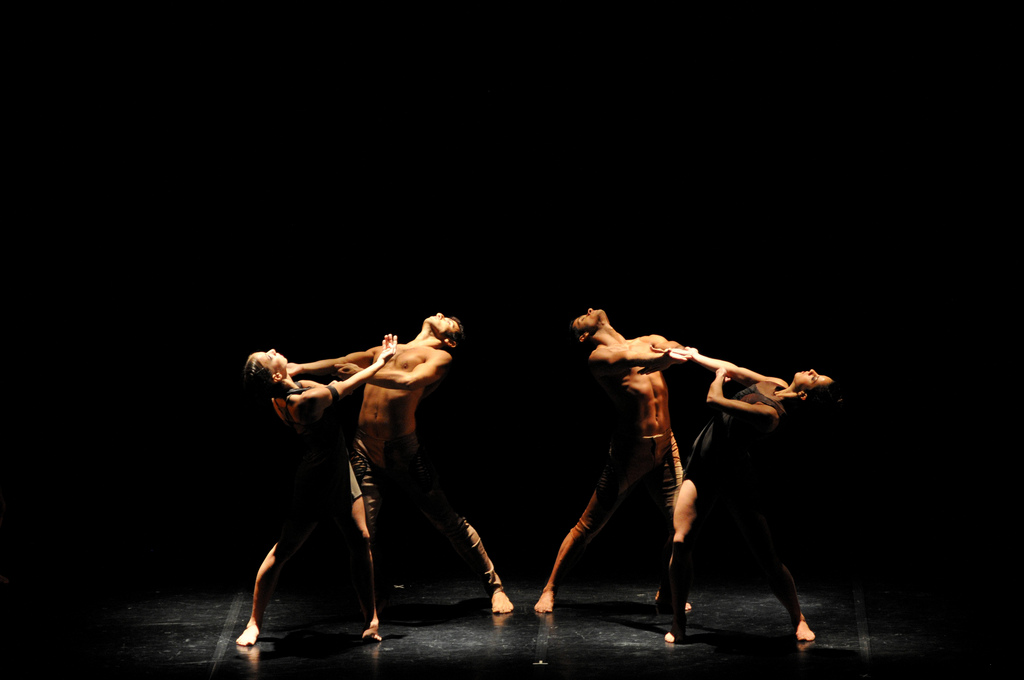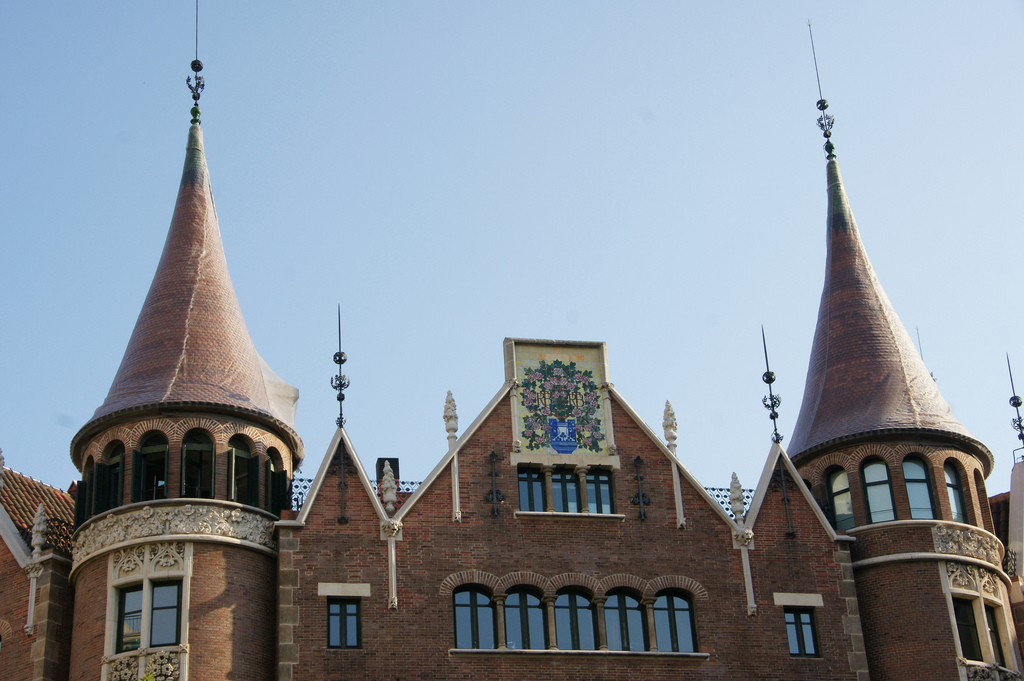Although Barcelona is a city in Spain, the first language of this city is not Spanish. After centuries of struggle, Catalan is now recognised as the official language of Barcelona, Catalonia, Andorra and (in its regional variants) Valencia and the Balearic Islands.
It is spoken by over 9 million people, and you may well notice that the language of government, administration, road signs and advertising in Barcelona is Catalan. There are many Catalan TV channels which are broadcast across the region, and it is taught as a first language in all state schools.
Today this article by ShBarcelona gives a brief history of the language and the fight to keep it alive throughout the centuries.
Related article: The Use of Catalan Sign Language in Barcelona
Table of Contents
Roots of the language and restrictions on its use
Many people think that Catalan must be a dialect of Spanish, but this is not the case. In fact, it derives from the Latin spoken in the Eastern Pyrenees region during Roman times. In terms of language, it bears closer resemblance to French and Italian, than it does to Spanish.
The first examples of Catalan literature date back to the late 11th or early 12th Century AD. It was around this time that the name Catalunya (‘Catalonia’) was first used to describe the region.
The Catalan governing institutions had been established by this time, and Catalonia was united with the Kingdom of Aragon in the 12th Century, where Catalan was adopted of the language of state.
In the 13th Century, King Jaume I’s conquest of Mallorca and Valencia led to the spread of the Catalan language to these regions. In 1479, the thrones of Aragon and Castile were joined when Ferran II (who was married to Isabelle of Castile) acceded to the throne of Aragon.
There then followed the War of Spanish Succession (1702 – 15) which ended in Philip V’s defeat of Charles VI’s forces in Spain.
Philip then introduced the Nueva Planta decrees, which ruled that the formerly autonomous regions (including Catalonia, which had supported Charles VI in the conflict) must thereafter be ruled by Castile, with its centre in Madrid.
Castilian (modern-day Spanish) was the only recognised language of court and government. This was to have the effect of suppressing official use of Catalan for over two centuries.
This did not mean the end for the language, however: it is perhaps this suppression which helped to ensure it would be kept alive by the Catalan people, who were proud of their heritage and refused to give up their mother tongue.
An important development in the struggle to retain Catalan was the Renaixença of the 19th Century. This was a movement which sought to revive Catalan as the language of literature and culture. This would eventually lead to the reintroduction of Catalan as the language of government.
Some important figures in Catalan literature emerged from this period, including Victor Balaguer and Joan Maragall. The Generalitat (governing body) of Catalonia was restored in 1932, but this period of self-government was to be short-lived, with the onset of Civil War and Franco’s victory in 1939. Under his dictatorship, use of Catalan was again suppressed, although as the years went on, the fight for democracy and self-governance grew in strength once more.
Following the death of Franco in 1978, a new Statute of Self-Government was drawn up with the aim of returning to the autonomous regional rule of the past.
Related article: La Senyera: History of the Catalan Flag
The language today
Democracy and regional self-government was restored to Catalonia in 1978, with the re-instatement of Catalan as the official language of government, administration and education.
Today the language is flourishing, and many activities aimed at promoting and celebrating Catalan language and culture are held in the region.
In Barcelona, the Museu National d’Art de Catalunya celebrates the region’s artistic traditions, while the Museu d’Història de Catalunya traces the development of a nation. Allow plenty of time for a visit to either.
If you wish to learn Catalan for yourself, you can do so at parla.cat. The online course is free, but if you prefer to learn with a tutor in class there is a fee-paying option.
Also linked to the struggle for the Catalan language is the Catalan independence movement, which seeks to gain full independence from Spain with Catalonia as a separate state. As you wander the streets of Barcelona, you may see Catalan flags draped out of windows alongside statements such as Independència es Progrés – ‘Independence is Progress.’
Whether or not Catalonia becomes independent from Spain in the future, thanks to the many generations of Catalans who fought to keep the language alive, Catalan is sure to remain an independent language with its own historical traditions, literature and culture for generations to come.
If you plan on moving to Barcelona, whether you prefer a loft or an apartment with your pet, now you know some of its language and history.
*Main photo by J.Salmoral via Visualhunt
What do you know of the Catalan language?























Leave a Comment